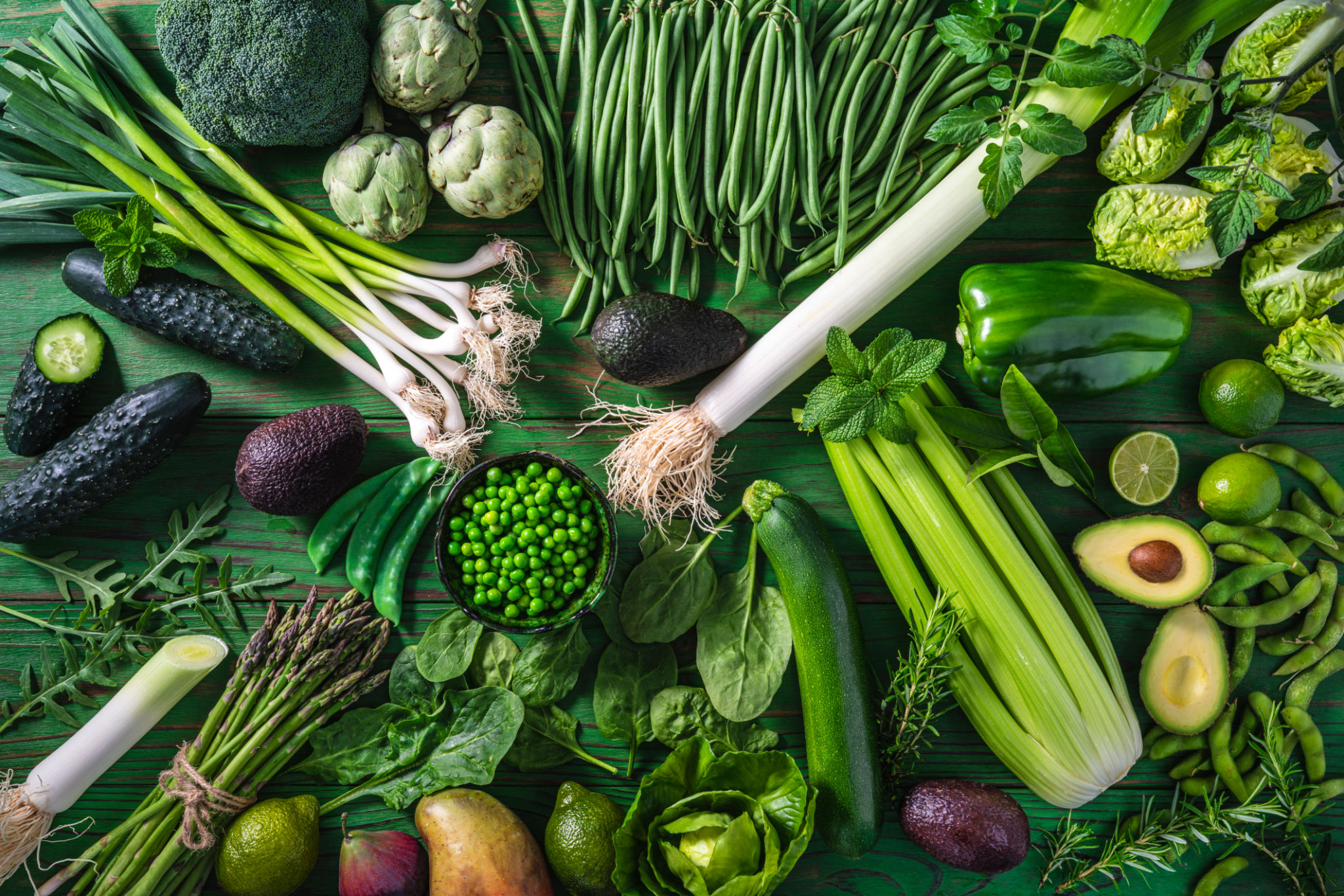The Ultimate Guide to Seasonal Menus: Impress Your Guests Year-Round
Introduction to Seasonal Menus
Creating a seasonal menu is more than just a trend; it's an art form that can transform your dining experience and leave a lasting impression on your guests. By aligning your menu with the seasons, you not only ensure freshness and flavor but also celebrate the bounty each season has to offer. This guide will walk you through the essentials of crafting a seasonal menu that delights year-round.
Seasonal menus allow you to take advantage of the freshest ingredients available, resulting in dishes that are bursting with flavor. Moreover, these menus are often more cost-effective, as seasonal produce is typically less expensive than out-of-season options. Let's dive into how you can create an impactful seasonal menu.

Understanding Seasonal Ingredients
Each season brings its own unique array of fruits, vegetables, and other ingredients. Understanding what is in season can be the first step in planning your menu. For instance, spring is synonymous with fresh greens and berries, while autumn offers an abundance of root vegetables and hearty squashes.
To get started, research what ingredients are native to your region during each season. Local farmers' markets can be an excellent resource for discovering what's fresh. Incorporating locally sourced ingredients not only enhances flavor but also supports local businesses.

Planning Your Seasonal Menu
Once you've identified the seasonal ingredients available to you, it's time to start planning your menu. Consider creating a balance of flavors and textures that complement each other. Mixing sweet and savory or pairing crunchy with creamy can elevate your dishes.
A well-structured menu should cater to various dietary preferences. Consider offering vegetarian or gluten-free options that utilize seasonal produce creatively. This approach ensures all guests can enjoy your offerings, regardless of dietary restrictions.

Spring and Summer Menus
In spring, think light and refreshing. Salads with fresh greens, asparagus, and strawberries can be a hit. As summer rolls in, capitalize on the abundance of tomatoes, corn, and stone fruits. Grilled vegetables and fruit-infused desserts can become stars of your summer table.
Autumn and Winter Menus
Autumn offers a palette of warm, earthy flavors. Dishes featuring pumpkins, apples, and squashes can convey coziness and comfort. In winter, think hearty soups and stews that incorporate root vegetables like carrots and potatoes.

Presentation and Pairings
Presentation is key to impressing your guests. Use vibrant colors from seasonal produce to make your dishes visually appealing. Additionally, consider pairing your dishes with appropriate wines or cocktails that complement the flavors of the season.
For example, a crisp white wine can enhance the freshness of a summer salad, while a robust red might suit a rich winter stew. Thoughtful pairings can elevate the dining experience and leave a memorable impression.

Conclusion
Crafting a seasonal menu is a rewarding endeavor that showcases your culinary creativity while celebrating the essence of each season. By focusing on fresh, local ingredients and thoughtful presentation, you can create memorable dining experiences that will impress your guests all year round.
Whether you're hosting an intimate dinner party or running a bustling restaurant, incorporating seasonal elements into your menu ensures that every dish is fresh, flavorful, and in harmony with nature's cycle.
